Olive Young - Gwangju Hwanggeum Branch [Tax Refund Shop] (올리브영 광주황금)
3.7Km 0 2024-04-16
1F, 31-12, Jungang-ro 160beon-gil, Dong-gu, Gwangju
-
8 Seconds - Chungjang-ro Branch [Tax Refund Shop] (에잇세컨즈 충장로점)
3.7Km 0 2024-04-23
1F, 72, Singwang-ro, Jeju-si, Jeju-do
-
Gwangju Art Street (광주 예술의 거리)
3.7Km 32132 2020-06-19
24, Yesul-gil, Dong-gu, Gwangju
+82-62-942-6160
Gwangju Art Street is aimed at developing Gwangju’s traditional art scene through exhibition of local work. The street is 300m long and located behind Jungang Elementary School, nearby Gwangju Dongbu Police Station. Items commonly found here include Korean fine art such as paintings, ceramics, writings, and industrial art.
Every Saturday, an art flea market famous for its unique pieces is held here. People from all over the nation gather to display items that include old calligraphy materials, collector coins, stone hairbrushes, Chinaware, wooden sculptures, folk drawings, classic books, ink, and incense burners. Part of the attraction is the stories the collectors share with each part of their collection. Enjoy the many shows and exhibitions that draw regular crowds to this famous road.
The Mudeung art exhibit operates according to districts, and functions as a cultural festival as well. The outdoor exhibition was built in February 1995, and is open throughout the day. The large exhibition space has 32 booths and regularly holds special exhibits. Many regional cultural treasures are also on display here. Every Saturday, the Street of Fine Arts is blocked from traffic, and people gather to share and enjoy art culture. Gwangju Summer Universiade will be held this summer, 2015.
House of Choi Seung-hyo (최승효가옥)
3.8Km 13825 2023-03-08
29-4, Yangchon-gil, Nam-gu, Gwangju
+82-62-607-2332
The House of Choi Seung-hyo is a traditional residential building located on the southeastern slopes of Yangnimsan Mountain. The rectangular building is open to the east, has 8 kan (the space between two pillars) in the front and 4 kan to the sides, and is graced by a traditional hipped and gabled roof. Since the building was constructed in the 1920s, it offers a valuable glimpse into the architectural style of Korean houses at the end of the Japanese colonial period. Choi Sang-hyeon was an activist who offered his attic as a place of refuge for other activists.
Pungam Reservoir (풍암저수지)
3.8Km 10140 2020-06-05
71-3, Woldeukeopseo-ro, Seo-gu, Gwangju
+82-62-365-4114
Pungam Reservoir was originally built in 1956 for agriculture, but was turned into a park in 1999 as part of the pilot program for developing parks nationwide. It is a popular resting area featuring traditional pavilions and wooden bridges.
World Human Rights Cities Forum (세계인권도시포럼)
3.8Km 0 2022-10-14
30, Sangmunuri-ro, Seo-gu, Gwangju
• 1330 Travel Hotline: +82-2-1330 (Korean, English, Japanese, Chinese) • For more info: +82-62-226-2734
The World Human Rights Cities Forum (WHRCF) is held as an annual event in Gwangju, Republic of Korea, to realize the vision of becoming a human rights city since 2011. The Forum has become a gathering place to share the spirit of justice and community, the same values under which the citizens of Gwangju resisted the ruthless oppression of the then-military regime in May 1980. Within the WHRCF participants exchange experiences on challenges and achieved success in human rights especially at the local level while expanding their own scope of understanding. Now, the Forum has become a major human rights event and distinctive platform for sharing and networking amongst human rights cities, human rights organizations, activists, and miscellaneous stakeholders in the area of human rights. (Source: World Human Rights Cities Forum website)
Kimdaejung Convention Center (김대중컨벤션센터)
3.8Km 17926 2019-10-31
30, Sangmunuri-ro, Seo-gu, Gwangju
+82-62-611-2000
Kimdaejung Convention Center is a state-of-the-art facility in Gwangju, a city with rich cultural heritage and tourism resources. It was built as part of the efforts to promote Gwangju’s competitiveness as a main trade city in northeast Asia to boost local economy and, particularly, tourism resources. The center has served as a main venue for international meetings and exchanges (concerning products, information, culture, and technologies), significantly improving Gwangju’s image. Outstanding services, professional staff, and diverse amenities will make any meeting at Kimdaejung Convention Center pleasant and successful.
Han Hee-won Art Museum (한희원미술관)
3.8Km 0 2023-01-25
27-6, Yangchon-gil, Nam-gu, Gwangju
+82-62-653-5435
Han Hee-won Art Museum is a small hanok art museum in the back alley of Yangnim-dong.
Painter Han Hee-won grew up in Yangnim-dong, where he was influenced as a painter. In July 2015, he purchased a small hanok between the House of Yi Jang-u and the House of Choe Seunghyo and transformed it into an art museum to preserve and show the spirit of love, comfort, and art in his hometown, Yangnim-dong. An art museum with a low threshold approaching citizens with a humble mind, Han Hee-won Art Museum is open to anyone. Feel free to visit, appreciate the paintings, and be comforted through art.
Olive Young - Gwangju Chungjangro 1-ga Branch [Tax Refund Shop] (올리브영 광주충장로1가)
3.8Km 0 2024-04-22
105-1, Chungjang-ro, Dong-gu, Gwangju
-
Missionary Wilson's House (우일선 선교사 사택)
3.8Km 14512 2019-11-12
20, Jejung-ro 47beon-gil, Nam-gu, Gwangju
+82-62-607-2333
Missionary Wilson’s House is a two-story brick building that sits upon the eastern foothills of Yangnimsan Mountain. Known as the oldest surviving Western-style house in Gwangju, the house is an icon of modern culture and architecture in Korea. The house was built by an American missionary named Wilson in the 1920s (exact date unknown) and was the home of the Wilson family while they stayed in Korea. When the family completed their work in Korea, they sold the house for a very cheap price with the stipulation that the house continued to be used for missionary purposes. The house fell into the possession of the General Assembly of Chonnam Presbyterian Church of Korea in 1986 and now serves as the home office for the Presbyterian Church of Korea.
The square-shaped house consists of a living room, a family room, a kitchen, and a bathroom (1F), several bedrooms (2F), and storage areas and a boiler room (B1). The fact that the entrance of the house faces east is said to be a result of the prevailing architectural culture of Korea at that time. A Netherland-style house built with 55-milimeter thick, gray bricks, the first and second stories are delineated on the exterior with an eye-catching band of bricks.
![Olive Young - Gwangju Hwanggeum Branch [Tax Refund Shop] (올리브영 광주황금)](http://tong.visitkorea.or.kr/cms/resource/98/2886898_image2_1.jpg)
![8 Seconds - Chungjang-ro Branch [Tax Refund Shop] (에잇세컨즈 충장로점)](http://tong.visitkorea.or.kr/cms/resource/88/2886888_image2_1.jpg)
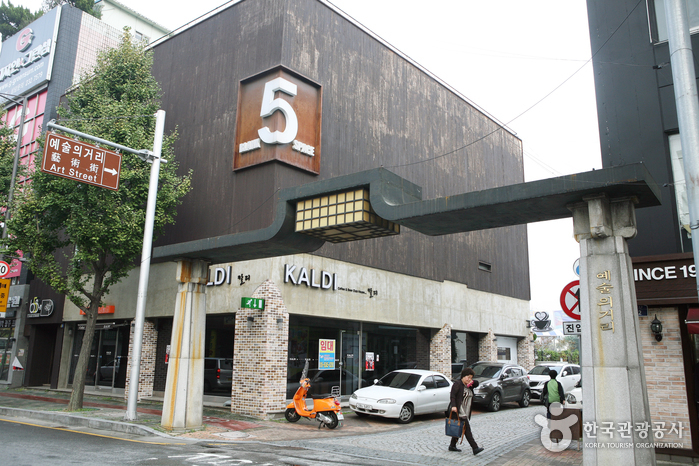
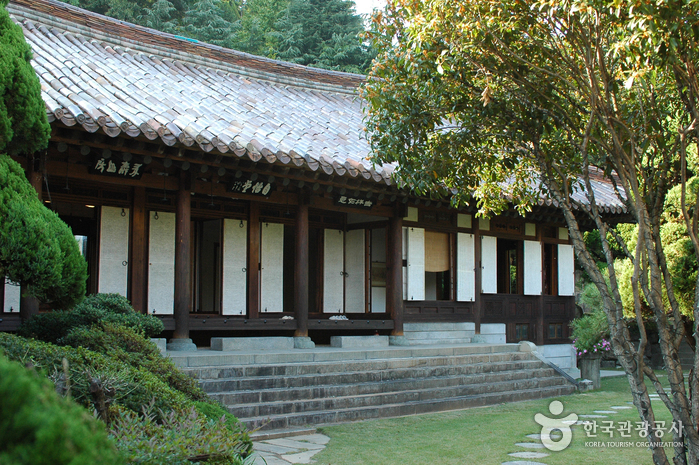
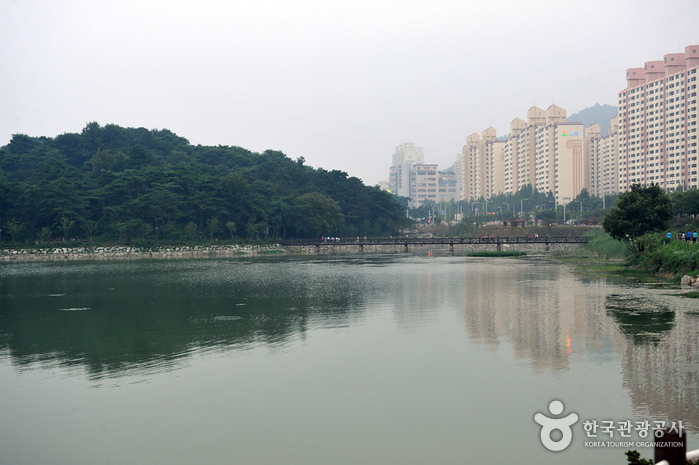
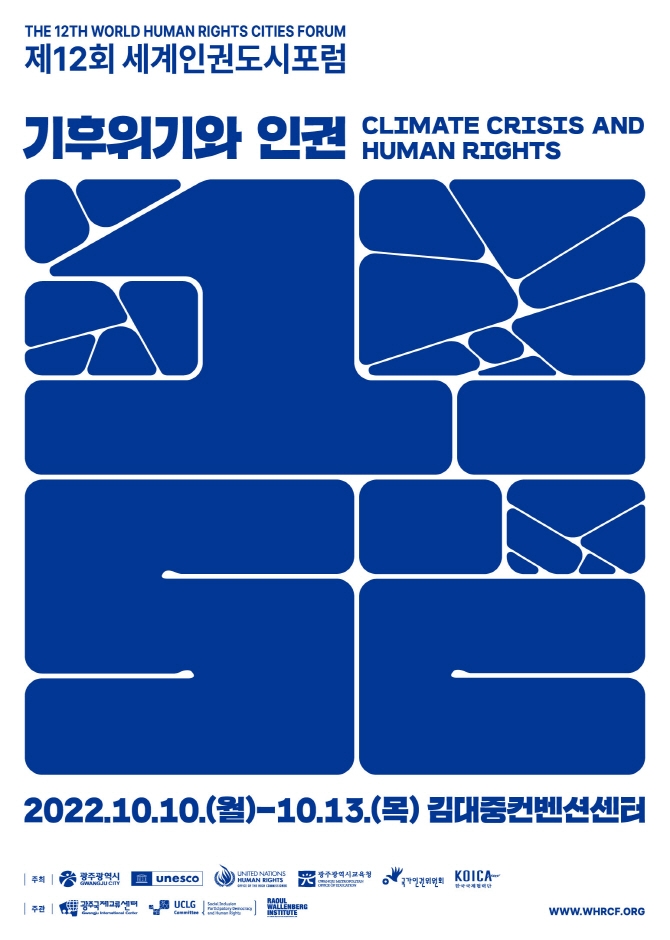
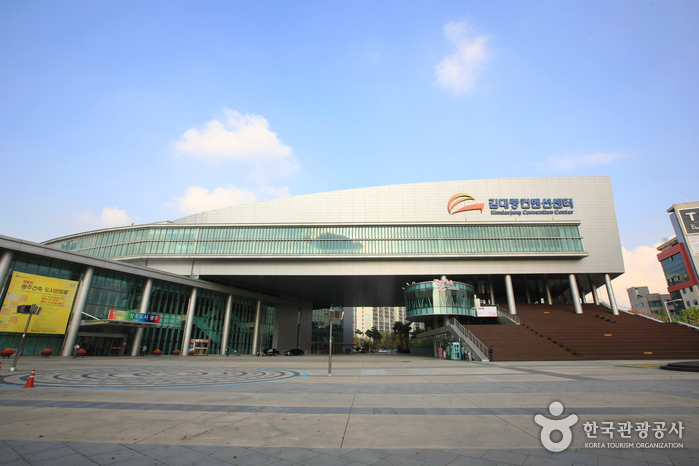

![Olive Young - Gwangju Chungjangro 1-ga Branch [Tax Refund Shop] (올리브영 광주충장로1가)](http://tong.visitkorea.or.kr/cms/resource/72/2886872_image2_1.jpg)
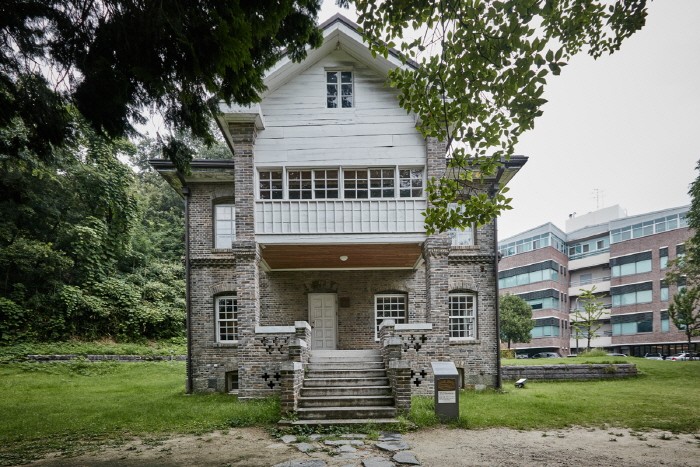
 English
English
 한국어
한국어 日本語
日本語 中文(简体)
中文(简体) Deutsch
Deutsch Français
Français Español
Español Русский
Русский